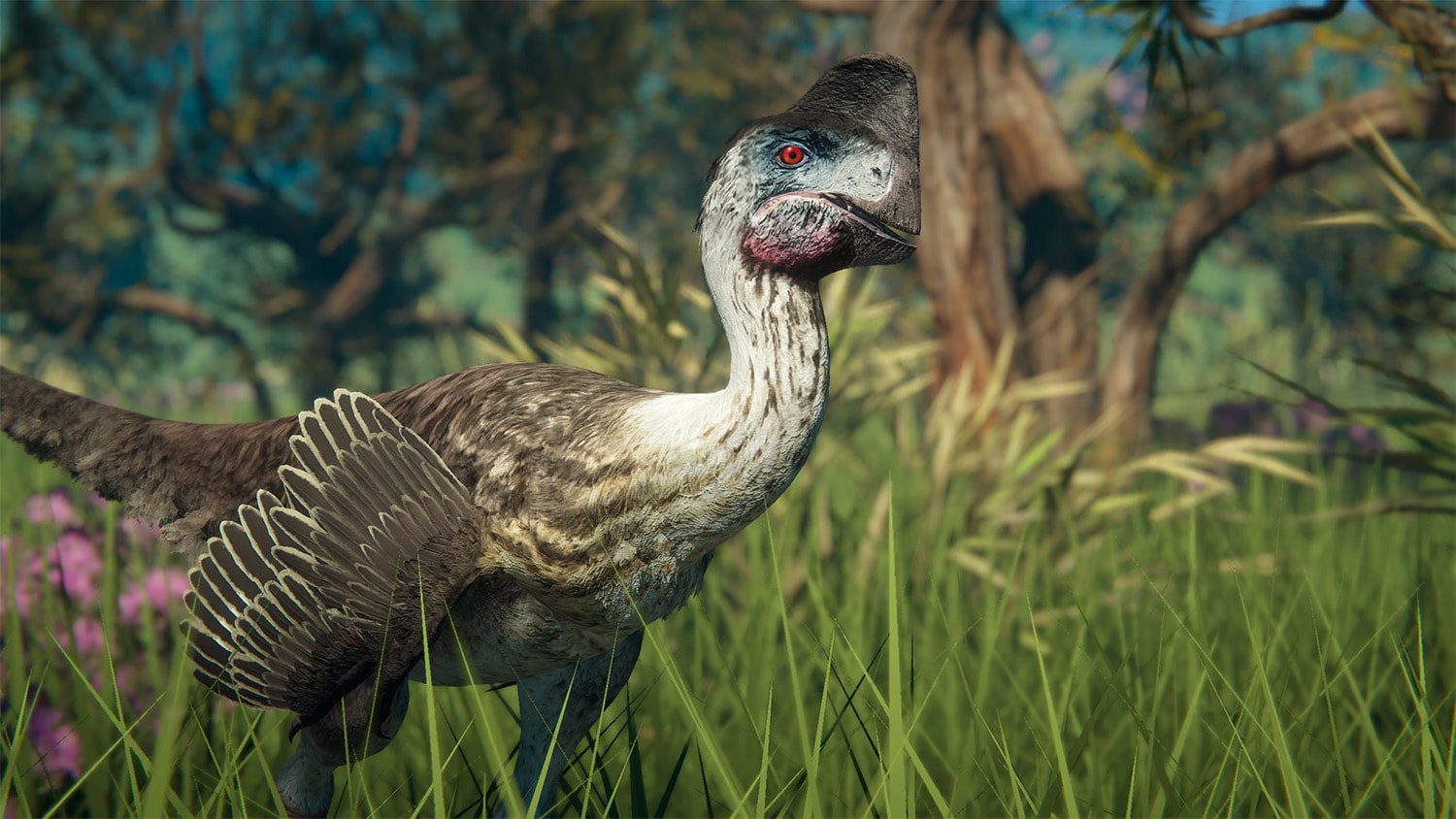
22 interesting facts about Oviraptor
- 👁️ 285
Oviraptor, a name that translates to ‘egg thief,’ is a dinosaur that has intrigued scientists and paleontology enthusiasts alike due to its unique features and the mysteries surrounding its fossils. Initially believed to be an egg predator, later discoveries have painted a more complex picture of this creature’s behavior and ecology. With its distinctive beaked mouth and evidence of feather-like structures, the Oviraptor offers a fascinating glimpse into the life of dinosaurs during the Cretaceous period. This article explores some intriguing aspects of Oviraptor, shedding light on its characteristics, habitat, and the surprising revelations about its lifestyle.
- Oviraptor lived during the late Cretaceous period, around 75 million years ago.
- It was first discovered in Mongolia’s Gobi Desert in 1924 by an expedition led by the American Museum of Natural History.
- The name Oviraptor means “egg thief” as the first fossil was found atop a nest of eggs initially thought to have been stolen.
- Later research suggested that the eggs beneath the Oviraptor fossil were likely its own, overturning the belief that it stole eggs.
- Oviraptor had a parrot-like beak, which lacked teeth.
- It is classified as a member of the theropod group of dinosaurs, which are primarily characterized by their hollow bones and three-toed limbs.
- The size of Oviraptor was relatively small, approximately the size of a turkey, measuring about 1.5 to 2 meters in length.
- Some specimens of Oviraptor have been found with a crest on their heads, although the purpose of this crest is not definitively known.
- Evidence suggests that Oviraptor might have had feathers, which indicates it could be a part of the evolutionary transition between dinosaurs and birds.
- The diet of Oviraptor is believed to have been omnivorous, eating anything from small animals and insects to plants and possibly eggs.
- The fossil records show that Oviraptor had a robust build with strong jaws capable of crushing hard objects.
- The posture of Oviraptor was bipedal, meaning it walked on two legs.
- Fossils have been found in a variety of rock formations, suggesting that Oviraptor inhabited diverse environments.
- Paleontologists have discovered several well-preserved Oviraptor skeletons in brooding positions, similar to modern birds, suggesting they incubated their eggs.
- The eggs associated with Oviraptor are elongated and displayed a porcelain-like quality.
- No definitive evidence has been found that confirms the vocal capabilities of Oviraptor, but related species suggest possible vocal communication.
- The shape of its beak and the strength of its jaw suggest it could crack open hard shells, perhaps indicating a specialized feeding habit.
- Oviraptor’s limbs were proportionally long and strong, indicating it could have been quick and agile.
- Some theories suggest that the crests on their head were used in mating displays, similar to some modern birds.
- The discovery of nests and grouped eggs indicate that Oviraptor might have lived in colonies.
- Fossilized remains show varying degrees of preservation, but some include details of the skull that provide insight into its sensory capabilities.
- The Gobi Desert continues to be a significant site for Oviraptor and other dinosaur discoveries, offering more insights into their lifestyles.
Oviraptor’s reputation has transformed significantly since its discovery, from an egg thief to a potentially caring parent, mirroring the changing perceptions in paleontology about dinosaur behavior. These findings not only highlight the complexity of prehistoric life but also challenge our understanding of the evolutionary links between dinosaurs and birds. The ongoing research into Oviraptor’s lifestyle, diet, and environment continues to paint a richer picture of this fascinating creature, providing valuable insights into the diverse ecosystems of the Cretaceous period.
Oviraptor, a name that translates to ‘egg thief,’ is a dinosaur that has intrigued scientists and paleontology enthusiasts alike due to its unique features and the mysteries surrounding its fossils. Initially believed to be an egg predator, later discoveries have painted a more complex picture of this creature’s behavior and…